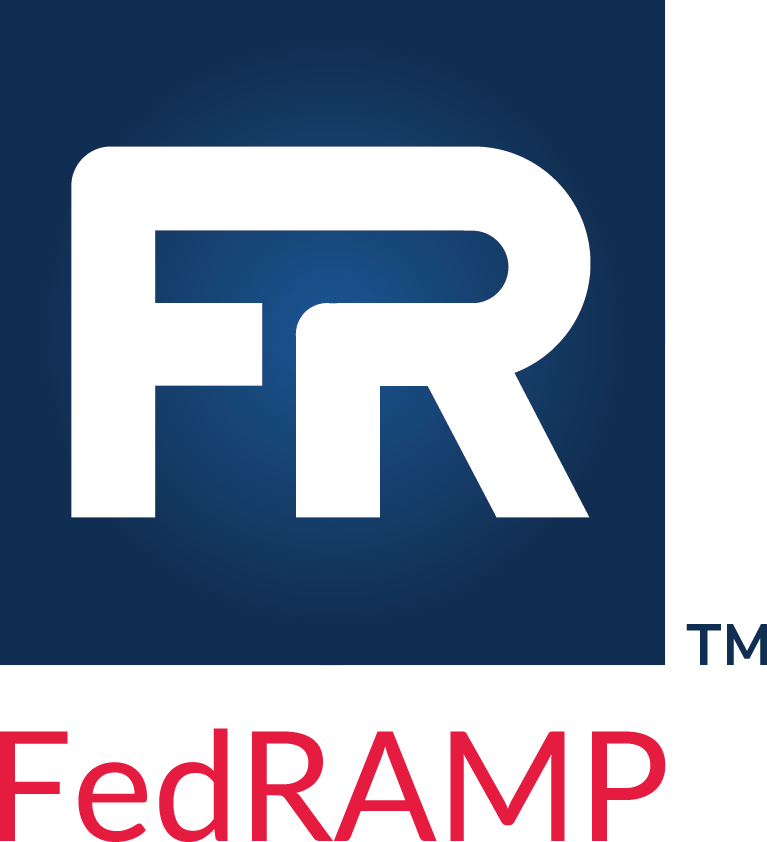OSCAL Identifiers
Assigning Identifiers
There are four ways identifiers are typically used in OSCAL:
-
ID flag: uniquely identifies a field or assembly.
-
UUID flag: An RFC-4122 compliant universally unique identifier, version 4.
-
ID/UUID Reference: a flag or field that points to another field or assembly using its unique ID or UUID flag value.
-
Uniform Resource Identifier (URI) Fragment: A value in a flag or field with a URI data type. A URI fragment starts with a hashtag (#) followed by a unique ID value.
Identifiers appear as an “id” or “uuid” flag to a data field or assembly. Examples include:
-
<control id="ac-1">: Uniquely identifies the control. -
<party uuid="8e83458e-dde5-4ee2-88bc-152f8da3fc31">: Uniquely identifies the party.
An ID reference in the OSCAL models typically appears with a name and hyphen in front of the “id” (name-id) or “uuid” (name-uuid). It is typically a flag where the relationship is one-to-one, but is sometimes a field when the relationship is one-to-many. The name of an ID reference flag/field typically reflects the name of the field or assembly to which it points.
Examples include:
-
<responsible-party role-id="prepared-by">: points to a role identified by “prepared-by”. -
<implemented-requirement id="imp-req-01" control-id="ac-2">: points to the control identified by “ac-2”.
OSCAL provides some standard identifiers. Where appropriate, FedRAMP has adopted those and defined additional identifiers as needed. To ensure consistent processing, FedRAMP encourages content creators to use the OSCAL and FedRAMP-defined identifiers to the greatest degree practical. Deviation is likely to result in validation or processing errors.
Uniqueness of Identifiers
Some role ID values are prescribed by OSCAL, and others by FedRAMP. These are “reserved” and must not be assigned to other roles for other reasons. The scope of this requirement goes beyond the current OSCAL file to all files in the OSCAL stack as a result of import statements, as described in the File Content Concepts section.
For UUID fields, if using a tool that properly generates version UUID values, no two will be alike; however, buggy tools have been known to create unexpected duplicate values. In an abundance of caution, tool developers are encouraged to check for unintended duplicates whenever generating new UUID values. At least during the testing phase of your development lifecycle.
Searching for Information by ID or UUID Values
When searching for an ID or UUID reference, the tool must look both in the current OSCAL file, and other files in the OSCAL stack as described in the File Content Concepts section.
For example, a UUID reference in an OSCAL-based FedRAMP SAR could refer to a field or assembly in the SAR, SAP, or SSP. XPath and similar standards only search the current file.
This requires OSCAL tools to search the current file first. If the ID or UUID is not found, the tool should follow the file’s import statement and search the next file the same way. This must be repeated until either the ID/UUID is found, or all files in the stack have been processed however tools should consider approaches to prevent infinite recursion.
Searching for a Field or Assembly by ID or UUID
In general, searching for an ID or UUID value within an XML file simply requires an XPath query such as:
|
|
Of course, the tool must replace ‘id-value’ or ‘uuid-value’ above with the appropriate reference.
Ensuring the Field or Assembly Name Matches
Often flags that reference OSCAL information using its ID or UUID will have a name and context that clarifies the expected target. For example, a flag may appear as follows:
|
|
To ensure this UUID value points to a component, use the following XPath query:
|
|
If the above expression returns true, the UUID points to a component as intended.
Limiting Searches by Field or Assembly Name
Another approach is to limit the search only to fields or flags with a specific name.
The following will only find the UUID value if it is associated with a component. It would work in the SSP, SAP, SAR and POA&M.
|
|
The following will only find the UUID value if it is associated with a component in the system-implementation assembly of the SSP.
|
|


